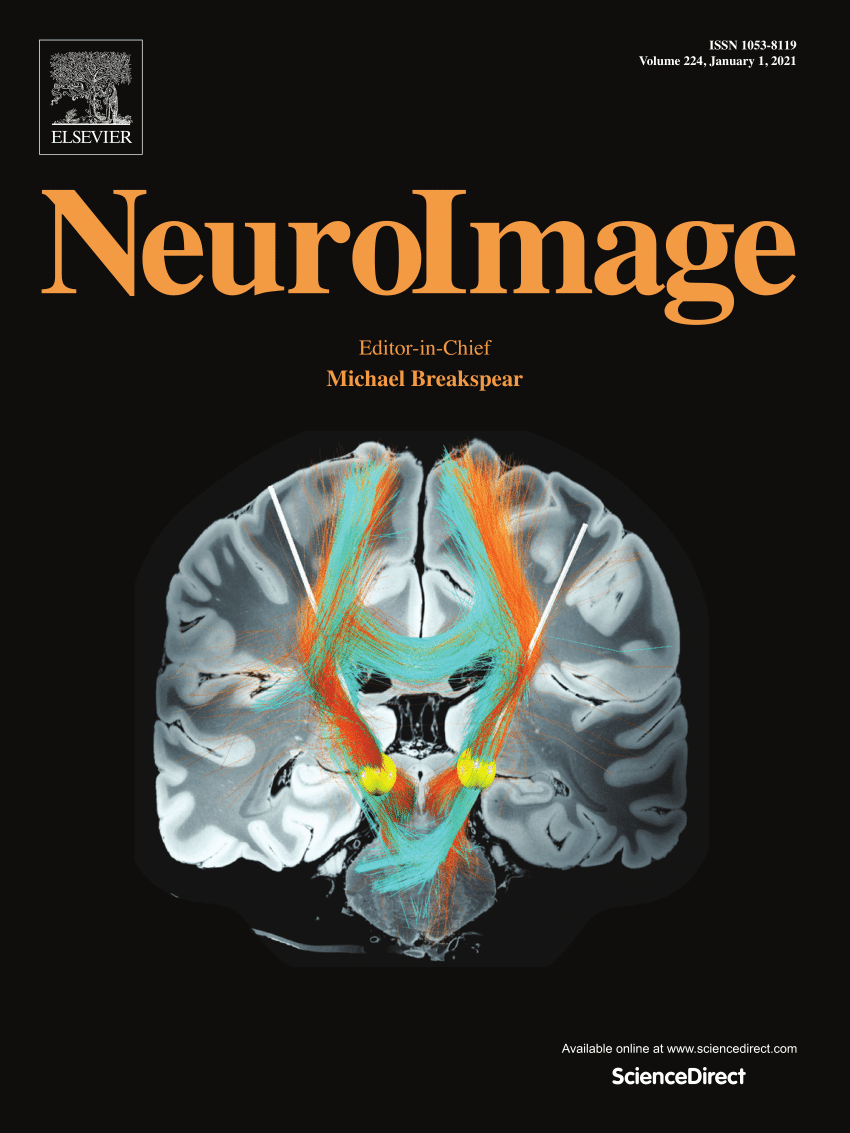Hyperscanning: Simultaneous fMRI during Linked Social Interactions
IF 4.7
2区 医学
Q1 NEUROIMAGING
引用次数: 0
Abstract
“Plain question and plain answer make the shortest road out of most perplexities.” Mark Twain-Life on the Mississippi
A new methodology for the measurement of the neural substrates of human social interaction is described. This technology, termed “Hyperscan,” embodies both the hardware and the software necessary to link magnetic resonance scanners through the internet. Hyperscanning allows for the performance of human behavioral experiments in which participants can interact with each other while functional MRI is acquired in synchrony with the behavioral interactions. Data are presented from a simple game of deception between pairs of subjects. Because people may interact both asymmetrically and asynchronously, both the design and the analysis must accommodate this added complexity. Several potential approaches are described.
超扫描:关联社会互动过程中的同时功能磁共振成像
“简单的问题和简单的回答是走出大多数困惑的捷径。”本文描述了一种测量人类社会互动的神经基质的新方法。这项技术被称为“超扫描”,它包含了通过互联网连接磁共振扫描仪所需的硬件和软件。超扫描允许人类行为实验的表现,参与者可以相互互动,而功能MRI与行为互动同步获得。数据来自于一对受试者之间的一个简单的欺骗游戏。因为人们可能进行不对称和异步的交互,所以设计和分析都必须适应这种增加的复杂性。介绍了几种可能的方法。
本文章由计算机程序翻译,如有差异,请以英文原文为准。
求助全文
约1分钟内获得全文
求助全文
来源期刊

NeuroImage
医学-核医学
CiteScore
11.30
自引率
10.50%
发文量
809
审稿时长
63 days
期刊介绍:
NeuroImage, a Journal of Brain Function provides a vehicle for communicating important advances in acquiring, analyzing, and modelling neuroimaging data and in applying these techniques to the study of structure-function and brain-behavior relationships. Though the emphasis is on the macroscopic level of human brain organization, meso-and microscopic neuroimaging across all species will be considered if informative for understanding the aforementioned relationships.
 求助内容:
求助内容: 应助结果提醒方式:
应助结果提醒方式:


